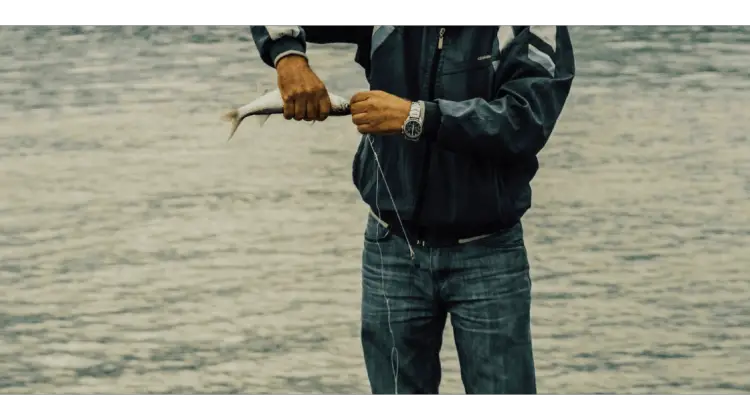
Hand line fishing relies on your hands, skill, and a deep connection to the water. Fishermen use their instincts and expertise to catch big fish without modern equipment. Hand-line fishing requires patience, finesse, and a unique understanding of fish behavior, making it an enticing challenge for those seeking a different approach to fishing. If you’re ready to embrace this tradition or want to elevate your fishing game with a new test of skill, hand-line fishing might be your next great adventure.
Hand Line Fishing- A Beginner’s Guide
Hand line fishing is a traditional and simple way to fish. It’s great for beginners and gives a direct connection between you and the fish. You only need a line, hook, sinker, and your hands. It requires control and finesse as you feel the fish pulling on the line. This method encourages a deeper understanding and appreciation for fishing.
Hand-line fishing is versatile. You can do it from shore or a boat, in saltwater or freshwater. It’s good for beginners to learn basic fishing skills and feel connected to nature. Mastering this technique can make you feel accomplished as you improve your instincts and skills.
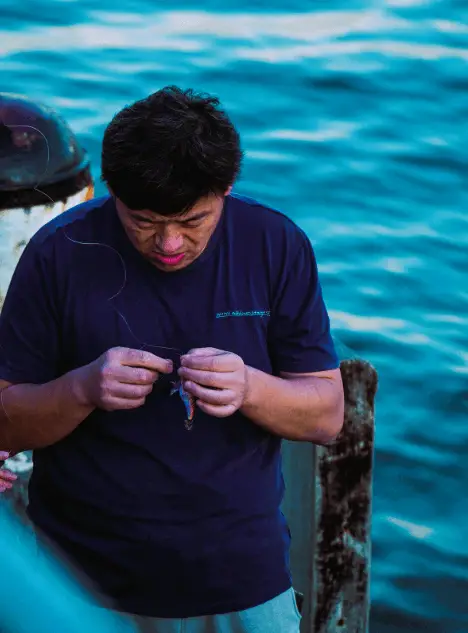
What is Hand Line Fishing?
Handline fishing, also called handlining, is an old way of fishing using a basic fishing line held in the hands to catch fish. This traditional form of fishing needs minimal equipment, making it an easy and sustainable way to fish. Unlike modern methods with reels and rods, handlining depends on the fisherman’s talent and skill to control the line and lure underwater.
Handline fishing is different because it creates a close connection between the angler and the fish. Anglers can feel the fish moving through the line and need to rely on their senses to notice when the fish bite and quickly react. This hands-on method makes the sport feel more real and helps anglers connect with nature. Handlining also allows for better movement in small or unstable spaces, which is good for fishing from small boats or kayaks.
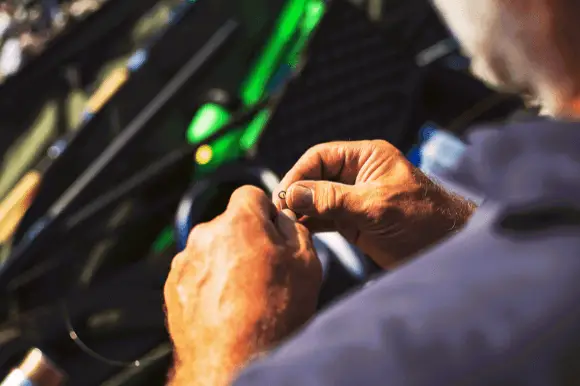
How to Do Hand Line Fishing?
Throughout the ages, hand-line fishing has remained a widely embraced and efficient method for catching fish. Requiring minimal equipment, it can be practiced from various locations such as the shore, a boat, or even a bridge. To start hand line fishing, you’ll need a basic setup consisting of a fishing line, hook, sinker, and bait. The key to success lies in mastering the art of casting and reeling in your catch using just your hands. Once you’ve located a promising spot with good water depth and plenty of underwater structure, it’s time to drop your baited hook into the water and wait for the fish to bite.
As an angler using this traditional method, understanding the movement and behavior of fish becomes crucial. By paying close attention to subtle tugs or movements on the line, you’ll be able to detect when a fish has taken interest in your bait.
Handlining offers an intimate connection between the angler and their prey, as there are no rods or reels to intervene in this battle of strength between man and fish. With focus and patience, anyone can master the art of handlining and experience the thrill of landing that prized catch with nothing but their own hands.

The Benefits of Hand Line Fishing
Hand line fishing, often overlooked in favor of traditional rod and reel methods, offers a slew of unique benefits that are worth exploring. Firstly, handlining provides a more intimate connection between the angler and the fish, as it requires hands-on engagement with the catch from start to finish. This method also allows for more precise control over bait presentation and retrieval speed, increasing the likelihood of enticing a strike. Furthermore, this technique promotes a heightened sense of awareness and responsiveness to the surrounding marine environment, as anglers must rely on their instincts and tactile feedback to detect bites and successfully land their catch.
Moreover, handlining is an excellent option for those seeking a simpler yet equally rewarding angling experience. Without the complexity of conventional fishing gear, this method offers portability and convenience without sacrificing the excitement of hooking into an aggressive fish. Additionally, handlining can be practiced in various environments, including off-piers, rocky shorelines, or boats – making it an adaptable technique suitable for different aquatic landscapes. In essence, by embracing hand-line fishing techniques, anglers can unlock a world of immersive experiences that connect them more intimately with nature while reaping its bountiful rewards.
The Best Setup for Hand Line Fishing
Hand line fishing is a traditional and simple way to fish. To start, get a strong and reliable hand line reel made of good materials like stainless steel or aluminum. It should work smoothly and be easy to hold for long periods. Use a good monofilament or braided fishing line that is strong enough for big fish but flexible enough for different places.
To improve your hand line fishing:
- Choose strong and sharp hooks that match your target fish.
- Attach them securely to the line at the right distance from the sinker.
- Use fresh bait to attract more fish, and try different types based on local advice or research.
- Use sinkers that are the right size based on water depth and current conditions to keep control and attract fish.
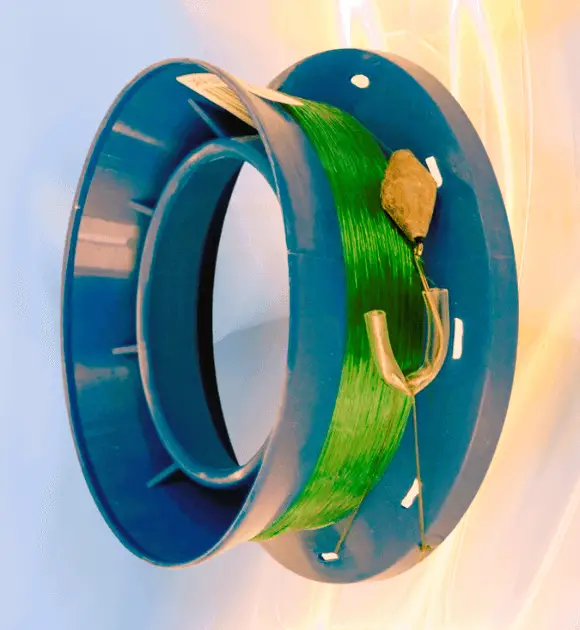
Choosing the Right Location
Choosing the right spot for hand line fishing is important for a good time. It’s key to know if there are fish in the area and to understand the water conditions like depth and temperature. Research and local knowledge can help find the best spots for catching lots of fish.
When selecting a location for handlining, it’s crucial to consider accessibility. Opting for a spot with easy access and ample room for casting and maneuvering can enhance the fishing experience. Additionally, taking into account factors such as safety, amenities, and regulations at each site can contribute to a successful fishing trip. Environmental impact is also important to ponder. Choosing locations that support marine life not only preserves nature but also enriches the fishing adventure.
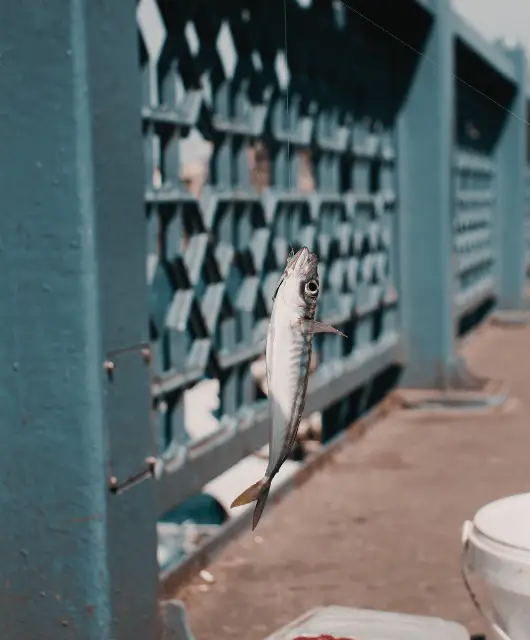
Tips for Successful Hand Line Fishing
Hand line fishing is an age-old technique that offers a primal and deeply satisfying connection to the water. To achieve success in hand line fishing, it’s crucial to choose the right location. Look for areas with underwater structures, such as reefs, rocks, and drop-offs, as these are prime spots for fish congregations. Additionally, paying attention to the tide and current can significantly impact your success. Understanding how these factors influence fish behavior will help you increase your catch rate.
Another essential tip for successful handlining is to use high-quality equipment. Invest in a durable hand-line reel with a smooth drag and a comfortable grip. Remember to match your tackle to the type of fish you’re targeting – lighter gear for small species like panfish and heavier gear for larger game fish. Lastly, be patient and observant; mastering the art of feeling subtle bites and understanding when to set the hook takes time but is crucial for successful hand-line fishing.
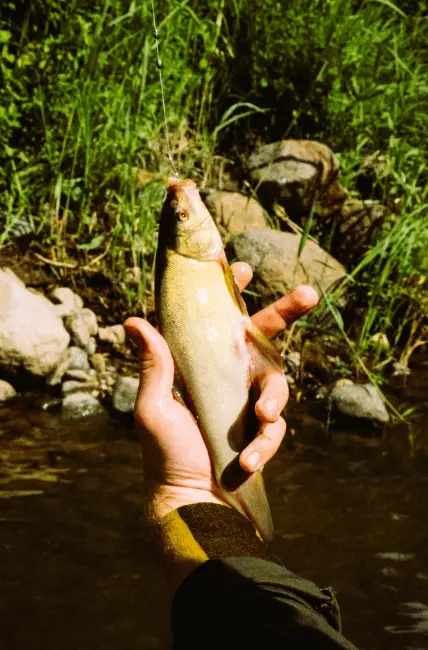
Safety Precautions to Consider
Using Protective Gear
When engaging in hand line fishing, it’s crucial to prioritize safety precautions to ensure a smooth and secure fishing experience. One fundamental aspect to consider is the use of protective gear, such as gloves, to shield your hands from potential injury when handling the fishing line. Additionally, being mindful of your surroundings and keeping a safe distance from others while casting or reeling can prevent accidents and injuries.
Understanding the Water Conditions
Another essential safety measure is understanding the water conditions and being prepared for unexpected changes in weather. It’s vital to stay informed about currents, tides, and any potential hazards in the area where you’re fishing. Moreover, having proper knowledge of emergency procedures and carrying a first aid kit can help mitigate any unforeseen circumstances that may arise during hand-line fishing adventures.
Wearing PFD
When hand-line fishing, it’s important to wear the right gear for safety. It includes wearing a personal flotation device (PFD) or life jacket to stay afloat if something goes wrong. It’s important to choose footwear with excellent grip to avoid sliding on wet surfaces.
Maintaining Proper Distance
Another crucial aspect is maintaining proper distance from other anglers or boats in crowded fishing spots. This helps prevent entanglement of lines and reduces the chances of collisions or accidents. Additionally, being aware of your surroundings and avoiding areas with strong currents, submerged rocks, or dangerous wildlife can greatly contribute to a safe fishing experience.
By prioritizing safety precautions, anglers can enjoy their hand-line fishing pursuits with peace of mind while minimizing risks and ensuring a safe outing for themselves and fellow enthusiasts.
Cleaning and Maintaining Your Gear
Proper care and upkeep of your hand line fishing equipment is vital for its durability and top-notch functionality. It’s imperative to thoroughly rinse all gear with fresh water after each use to eliminate any sea salt, sand, or debris that may lead to corrosion or harm. The reel and line require special focus, as they are especially prone to wear and tear.
Additionally, regular maintenance of your hand line fishing gear includes checking for any signs of rust, fraying, or weak spots in the line. Inspect the hooks, swivels, and leaders for any damage or dullness that might affect their effectiveness. Taking the time to clean and inspect your gear not only extends its lifespan but also ensures you’re ready for a successful fishing adventure every time.
Remember that proper storage is just as important as cleaning. Keep your gear in a dry place away from direct sunlight to prevent deterioration. By incorporating these simple yet vital practices into your routine, you can enjoy many more fruitful hand-line fishing trips while taking excellent care of your valuable equipment.
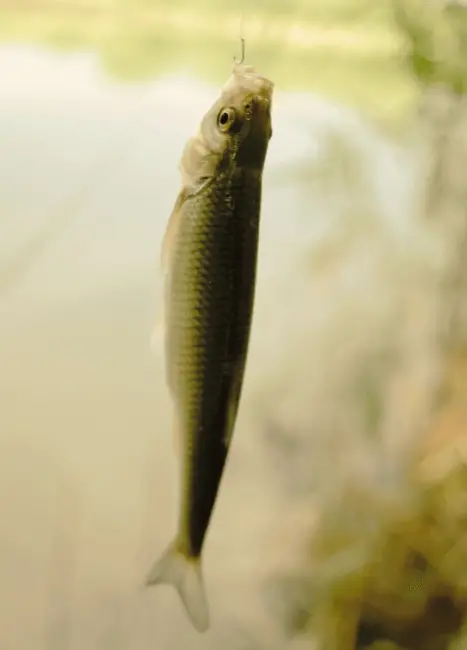
Conclusion
Hand-line fishing connects people to nature and the traditional way of fishing. It allows anglers to rely on their skills and instincts instead of complex gear. Handlining promotes resourcefulness, patience, and the ability to feel the water and anticipate fish movements without relying on technology.
It also provides a meditative escape from modern life, fostering a deeper appreciation for the environment and a sense of environmental responsibility. Ultimately, choosing hand line fishing as a preferred method encourages a deeper connection to nature. Not only enjoy a more pure and authentic experience but also make a small yet impactful contribution towards sustainable angling practices.
FAQs
Q. What kind of fish can be caught using hand-line fishing?
A. Handlining is a great way to catch many different fish, including snapper and grouper.
2. Can handlining be done in freshwater?
A. Handlining can be done in both saltwater and freshwater environments, depending on the type of fish being targeted.
Q. How is handlining different from traditional rod and reel fishing?
A. Handlining involves holding the fishing line directly in the hands, providing a more direct connection to the fish compared to using a rod and reel.
Q. Are there specific techniques for handlining that need to be learned?
A. There are specialized techniques for handlining, such as controlling the tension on the line and setting the hook without the use of a rod.
Q. What type of bait or lures are commonly used for handlining?
A. Common baits used for handlining include live bait such as shrimp or squid, as well as artificial lures designed for this technique.
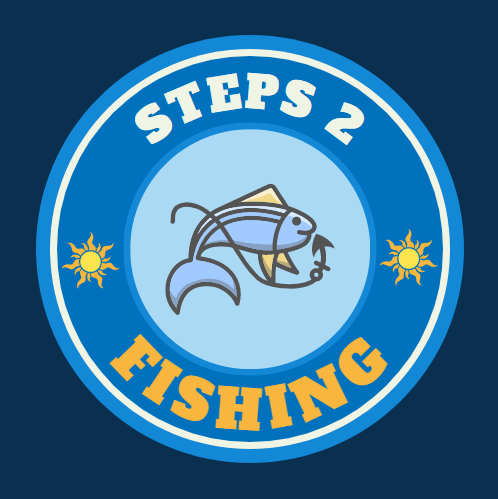

Leave a Reply